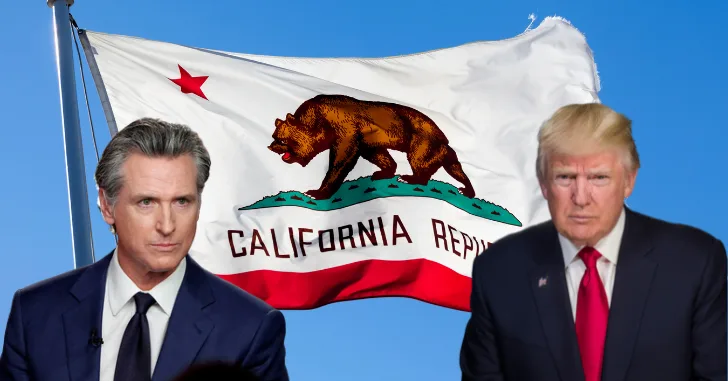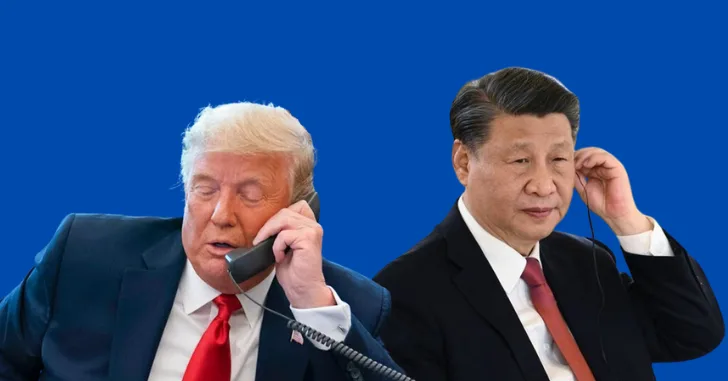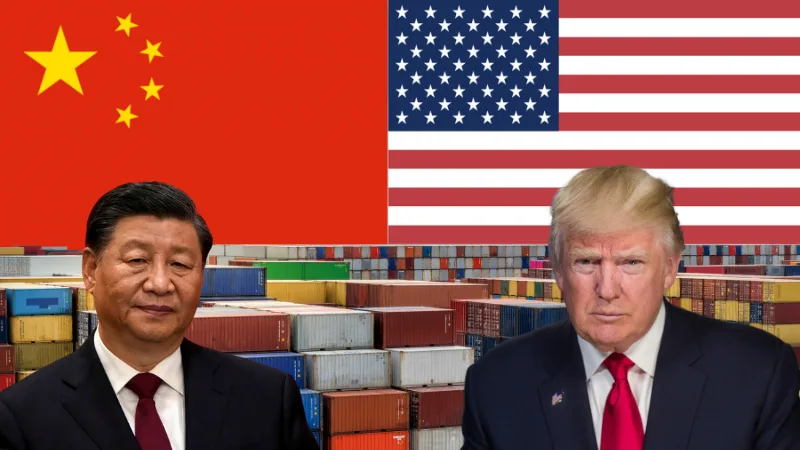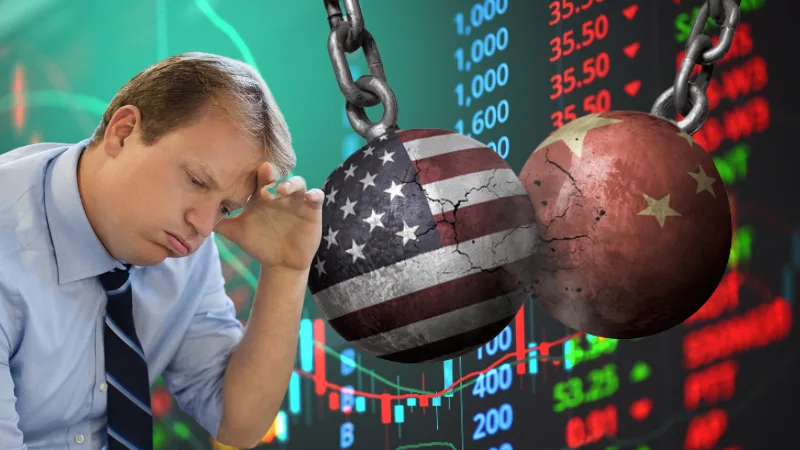California’s economy has officially surpassed Japan’s, making it the fourth largest economic force in the world, according to fresh data from the International Monetary Fund (IMF) and the U.S. Bureau of Economic Analysis.
Governor Gavin Newsom, who has been quick to tout this achievement, emphasized that California is not just “keeping pace with the world — we’re setting the pace.” According to the new figures, California’s gross domestic product (GDP) reached $4.10 trillion in 2024, overtaking Japan’s GDP of $4.01 trillion.
The only economies larger are the United States as a whole at $29.18 trillion, China at $18.74 trillion, and Germany at $4.65 trillion. Notably, among these top economies, California demonstrated the fastest growth rate.
The Engines Behind California’s Economic Rise
California’s robust economy is underpinned by a diversified and highly productive industrial base. The state leads the U.S. in manufacturing and agricultural production. It is also home to the heart of global technological innovation (think Silicon Valley), the world’s entertainment epicenter (Hollywood), and two of America’s busiest seaports (Los Angeles and Long Beach).
This multi-sector strength gives California a unique economic resilience that few other regions, let alone countries, can match.
Yet even as Newsom celebrates California’s economic clout, he has expressed deep concern about federal policies under President Donald Trump that he believes could threaten future growth.
Newsom vs. Trump: Tariffs and Trade War Tensions
While Newsom, a high-profile Democrat and potential 2028 presidential contender, praised the state’s economic resilience, he also issued a stark warning about what he sees as looming threats: the Trump administration’s aggressive tariff policies.
In particular, Newsom has been critical of President Trump’s use of tariffs as a weapon in global trade disputes. In a bold move, Newsom filed a lawsuit challenging Trump’s authority to impose broad-based levies, arguing that the tariffs have destabilized global markets and introduced dangerous levels of uncertainty for California’s export-dependent economy.
“While we celebrate this success, we recognise that our progress is threatened by the reckless tariff policies of the current federal administration,” Newsom said. “California’s economy powers the nation, and it must be protected.”
President Trump, however, maintains that these tariffs are a necessary corrective to decades of unfair trade practices by foreign countries — particularly China. His administration argues that these measures are intended to “level the playing field” and repatriate factories and jobs that had previously moved offshore.
The stakes are high: California’s economy is heavily tied to international trade, particularly through its ports, and any prolonged trade conflict carries significant risk.
A Breakdown of Trump’s Current Tariff Strategy
Under President Trump’s trade policy:
- A 10% tariff was imposed on nearly all imports into the U.S.
- Mexico and Canada faced additional tariffs of 25%.
- In a full-fledged trade war with China, Trump enacted import taxes of up to 145% on Chinese goods.
- When combined with prior levies, some tariffs on Chinese imports could reach an astonishing 245%.
In retaliation, China has slapped a 125% tax on American goods entering its borders, escalating tensions further.
For investors, these developments signal a heightened era of geopolitical risk. Sectors heavily reliant on global trade — technology, agriculture, automotive, and retail — could face more volatility as tariffs ripple through supply chains and consumer prices.
Japan’s Struggles: A Contrast to California’s Ascent
Japan’s economic struggles provide an instructive counterpoint to California’s growth story. Japan’s challenges are structural: its population is aging rapidly and shrinking, leading to a smaller workforce and ballooning social welfare costs.
Earlier this week, the IMF downgraded its growth forecast for Japan, citing the impact of new tariffs, weaker private consumption, and concerns that the Bank of Japan will need to raise interest rates more slowly than previously anticipated.
In its World Economic Outlook report, the IMF stated, “The effect of tariffs announced on April 2 and associated uncertainty offset the expected strengthening of private consumption with above-inflation wage growth boosting household disposable income.”
This dual challenge of demographic decline and tariff pressure underscores why Japan’s economy is losing ground — not just relative to California, but globally.
What This Means for Investors: Opportunity Amid Uncertainty
For investors, California’s economic rise and the broader shifts in global economic power create both risks and opportunities.
Here are key takeaways:
1. Invest in U.S.-Focused Technology and Infrastructure
California’s dominance in technology (Apple, Alphabet, Nvidia, Tesla, etc.) suggests that companies with deep roots in U.S. innovation ecosystems will remain strong bets, especially as the federal government increasingly promotes domestic manufacturing and tech leadership.
Additionally, infrastructure projects tied to California’s massive ports and green energy initiatives could offer lucrative investment opportunities.
2. Monitor Tariff-Exposed Sectors
While California’s economy is firing on all cylinders, sectors reliant on international supply chains remain vulnerable. Agricultural products, high-end electronics, and port-based logistics companies could see significant turbulence if tariffs expand or global demand softens.
Investors should scrutinize earnings calls and guidance from companies heavily exposed to Chinese, Mexican, or Canadian markets.
3. Growth in Domestic Manufacturing
President Trump’s tariffs are designed to bring manufacturing back to American soil. Companies that announce reshoring initiatives — or that already manufacture primarily in the U.S. — may enjoy preferential treatment and supply chain stability. Think steel producers, construction materials companies, and even certain consumer goods manufacturers.
4. Global Diversification is Key
Japan’s economic slowdown and the broader geopolitical tensions underscore the value of diversification. Investors may want to spread exposure across multiple markets and sectors, including emerging markets that are poised to benefit as trade routes and supply chains shift.
5. Watch Political Developments Carefully
The 2028 election cycle is already heating up, with figures like Newsom positioning themselves as critics of President Trump’s trade strategy. Changes in political leadership could mean dramatic shifts in trade and economic policy. Investors should stay tuned to political developments that could impact tariffs, interest rates, and economic growth trajectories.
California Sets the Pace, But Headwinds Remain
California’s rise to the fourth largest economy in the world is a major achievement — and a testament to the state’s diversified industrial base, innovative culture, and robust consumer market.
However, the battle over tariffs between President Trump and global trading partners like China is creating uncertainty. For all the current success, California’s heavy reliance on global trade means that the wrong policy moves could turn a triumph into a crisis.
Investors who are forward-looking and tactical — focusing on resilient sectors, minimizing tariff exposure, and maintaining diversified portfolios — can navigate this new era with confidence.
California may have just passed Japan, but the story of global economic leadership is far from over. The next few years could reshape the landscape even further, offering risks to those who stand still — and rewards to those who move wisely.





